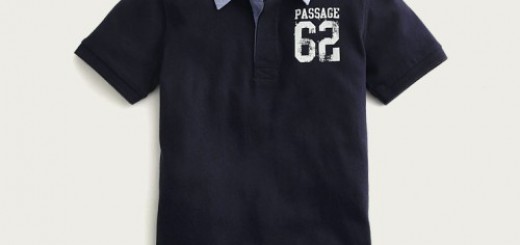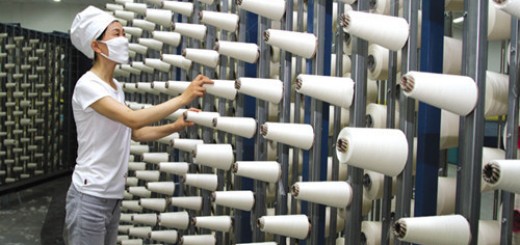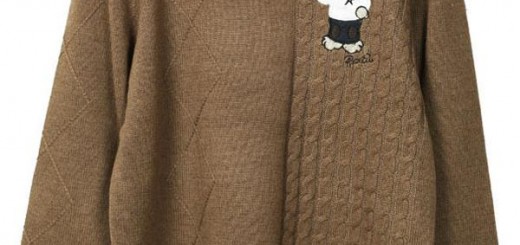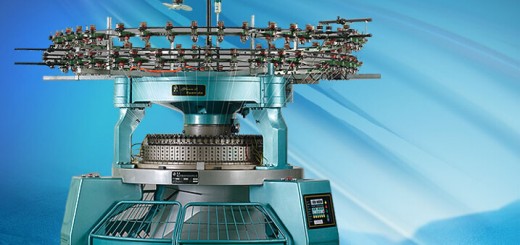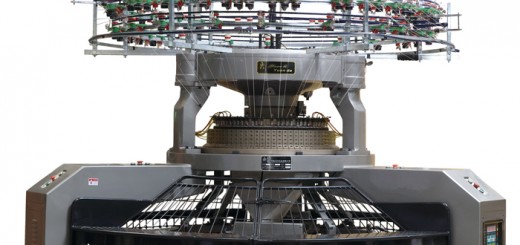According to a GSP regulation disclosed by European Commission, China will be excluded from benefit countries from 1st January, 2015. Then, tariffs on products exported from China to European Union will be increased significantly. Manufacturers of apparels and circular knitted fabrics will be faced with increased export cost.
According to a GSP regulation disclosed by European Commission, China will be excluded from benefit countries from 1st January, 2015. Then, tariffs on products exported from China to European Union will be increased significantly. Manufacturers of apparels and circular knitted fabrics will be faced with increased export cost.
It is known that Chinese GSP Form A and regional preferential Certificate of Origin can decrease about 6% tariffs on average.
Nevertheless, EU continues to implement GSP when trading with some Southeast Asian countries and South America countries, such as Vietnam, Peru, Argentina, etc. Many Vietnamese products, including apparels and shoes, have enjoyed preferential tariffs in trades with EU since 1st January, 2014.
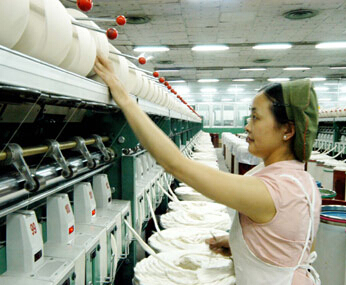
In recent years, EU, Japan and other countries and regions continually remove Chinese products from the preferential list. This results in more grave burdens that Chines foreign countries have to suffer from. It means that traders from EU might transfer the increased tariffs on Chinese firms. Under this circumstance, the low profit margins will be further squeezed. More over, traders will purchase in countries that exempt from tariffs once Chinese products have increased prices.
Chinese textile products like pattern jacquard fabrics, knitted fabrics and gray cloth always enjoy great reputation throughout the world. However, the export costs are increasing constantly. The enterprises in Southeast Asian nations who are endowed with free tariffs have attracted more and more customers in recent years. Europe used to be one of the main export markets for Chinese textile enterprise. However, the ratio decreases at present. Many companies are shifting to expand domestic market and manufacturing products with high added values.
Some firms are shifting their business and investments in accordance with the different GSP. They build branch companies in Southeast Asian nations to decrease costs.
Nevertheless, there are also some insiders that are relatively positive. They thought that most of orders achieved by those countries or regions are low-end products. Countries like Vietnam are not capable of manufacturing high-end products. They fall behind Chinese enterprises on the aspects of delivery speed and product quality. Therefore, companies can move to manufacturing high-end products to expand profit margins.
